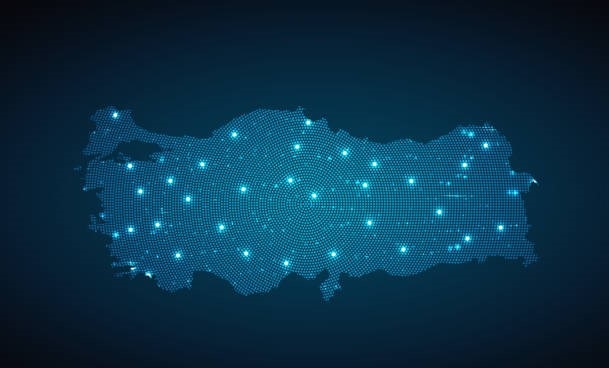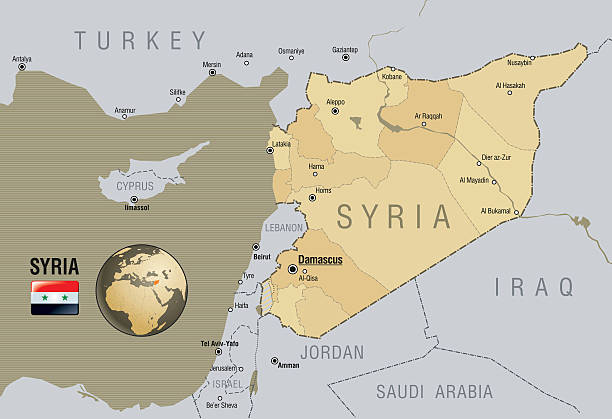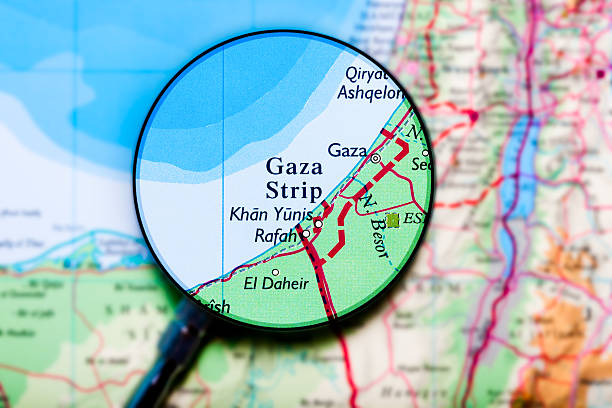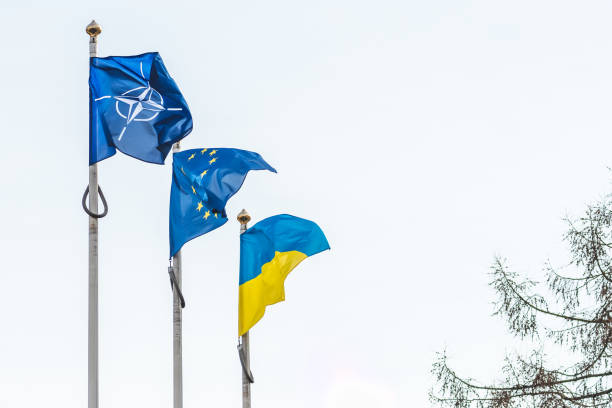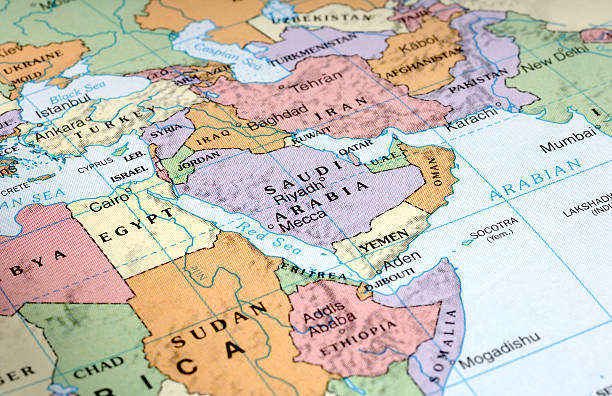“While declarations, resolutions, and universal “sectoral” treaties have articulated some distinct conditions and core elements, no standardized definition of terrorism exists. In the absence of an internationally agreed definition of acts of terrorism, the High Commissioner for Human Rights calls upon States to be guided by the key elements of acts of terrorism provided in Security Council resolution 1566 (2004) and the model definition developed by the Special Rapporteur. As a minimum, Terrorism involves the intimidation or coercion of populations or governments through the threat or perpetration of violence, causing death, serious injury or the taking of hostages.”
“In reality, national definitions of terrorism remain largely left to the discretion of States, leading to varying interpretations in domestic counter-terrorism legislation.”[i]
With multiple conflicting interests among nations and proxy wars, this is how far the world has been able to come.
For Western countries, Hamas is a terrorist organization. The assault of October 7 was a massacre of not only Israeli soldiers but also innocent civilians, women, and children and the taking of hostages. It was an act of terrorism. Beyond, the intricacies of definition, the death toll said a lot. Thus, no country openly endorsed the attack.
What has been reported increasingly by the international media during the past weeks such as the deaths of civilians including children, women, and the elderly by the IDF’s military operations, the razing of northern Gaza to the ground, the bombing of southern where Gazans were supposed to be safe, the operations against hospitals, the allowing of restricted supplies of fuel, food, and medical supplies have almost put the October 7 attack behind and turned international attention to the suffering in Gaza, calls for ceasefires and more importantly the two-state solution. In other words, the tide has started to turn.
On November 20, 2023, Chinese Foreign Minister Wang Yi held talks in Beijing with the Foreign Ministers of Saudi Arabia, Jordan, Egypt, Indonesia, Palestine and the Secretary General of the Organization of Islamic Cooperation (OIC). Wang Yi said the fact that the delegation chose China as the first leg of their tour for international mediation shows deep trust in China. The visitors said that they look forward to closer coordination with China to prevent the crisis from spreading, restart the peace talk process, promote the establishment of an independent Palestinian state on the basis of the two-state solution, avoid the vicious cycle of violence for violence, and achieve enduring peace and stability in the Middle East. Wang Yi said that the way out is to implement the two-state solution and establish an independent Palestinian state. China called for an early convening of an international peace conference with greater scale, scope, and effectiveness, and a timetable and roadmap for this purpose. The Palestinian question is at the heart of the Middle East issue and without a just settlement of the Palestinian question, there will be no enduring peace and stability in the Middle East Beijing said.[ii]
These days, the Biden White House is also emphasizing the two-state solution. Secretary Blinken in his calls with the foreign ministers of Gulf countries underscored that the US remains committed to the establishment of a Palestinian state. However, the strength of this commitment and Washington’s capacity to convince Mr. Netanyahu to take a different approach toward a long-term solution is questionable. Moreover, the US presidential election is only a year away, and Mr. Biden and the Democratic Party have many other worries. The reality is after so many misguided interventions, it is high time for the US, no matter who is in the White House, to sign its name to a peace-making project in the Middle East. If winning the Global South is a US objective, this would be a major step forward.
The Israeli Central Bureau of Statistics reports an estimated 465,400 Jewish Israelis reside in Israeli settlements in the West Bank in 2021. Israeli statistics do not count settlements in East Jerusalem as part of the West Bank. Palestinian officials use the figure of 751,000 Jewish residents in the West Bank, which includes settlements in the suburbs of Jerusalem.[iii] Israel’s population is 9.2 million.
As for the land, the total area of the State of Israel is 22,145 sq. km. The West Bank has a land area of about 5,640 sq.km., and Gaza 365 sq.km2. In other words, two peoples totaling 15.5 million, utterly divided and hostile to one another, are supposed to live together in a land of 28.150 sq. km., roughly the size of Hawaii, with a high population density.
In brief, a return to the status quo ante is not an option but the path ahead is an arduous one.
Firstly, no matter what the IDF may achieve in Gaza, and no matter what Mr. Netanyahu may claim in public, this war will not be a victory for Israel as in the past. Thus, the Netanyahu government would not be willing to sit at the table any time soon to negotiate the parameters of the two-state solution. Because, for Mr. Netanyahu, the question of Palestine was over and done with. Obviously, he proved wrong. Some believe that his time to withdraw from the political scene is fast approaching but this may prove an illusion. Because the Israeli Prime Minister is a survivor and nobody knows what he still has in his bag of tricks. Even with Mr. Netanyahu gone, the Israelis would have to adapt to a different political landscape, and a different mindset, and this would take time.
Secondly, the Palestinians do not have a united leadership. As I said in a recent post, the first step for the Palestinian side would be to bring together a new, strong, enlightened, forward-looking, broad-minded, and realistic leadership that would inspire confidence not only among Palestinians but also in Israel and the world at large. This not going to be an easy task considering the divisions between different Palestinian groups. The negotiations “between the parties” for the hostage-prisoner exchange lasted for weeks because they had a political dimension. Throughout these talks, Hamas was not only after a ceasefire, but also reaffirming itself for a place in a new, emerging Palestine leadership. And when the right moment comes, they would say that, although through intermediaries, they were the ones who negotiated the hostage deal with Israel and now it is time for more.
Thirdly, since the Hamas attack on October 7, Egypt and the Gulf countries have been at the forefront of diplomatic talks. The UAE and Bahrain are signatories of the Abraham Accords together with Sudan and Morocco. Saudi Arabia was also expected to normalize relations with Israel soon. Qatar does not have diplomatic relations with Israel but enjoys communication links as reflected in its role as the chief mediator in the hostage issue. The Al Udeid Air Base in Qatar is home to the headquarters of the US Central Command (USCC) and US Air Force Central Command (USAFCC). There are more than 10,000 US troops in Qatar. As for Türkiye, President Erdoğan was going to pay an official visit to Tel Aviv very soon. There is no question that all these countries were aware of the conditions in the West Bank and Gaza but preferred to move forward in their relations with Tel Aviv. The October 7 attack caught them off guard. To put it bluntly, the Hamas attack was also a wake-up call to them. Will the Arab countries now unite in calling for the two-state solution or go after their interests as before once the most bitter phases of the war in Gaza come to an end? How would their relations with Iran evolve? Because if a peace process were to be launched, Iran would claim credit for having contributed to it. So, this is the moment for the Arab League to take the lead and prove that it is not a non-entity.
And lastly, with the UN in disarray and the relations between the three major powers dominated by the war in Ukraine in Europe and “strategic competition in the Indo-Pacific region, who is going to launch and oversee a diplomatic process toward lasting peace? Who is going to be at the helm? These are questions with no easy answers.
Israel backed by Washington initially rejected a ceasefire and reluctantly spoke of a pause. Hamas and a large number of countries wanted a ceasefire. Semantics aside, the agreement on a “truce” and the exchange of hostages and prisoners is a positive step. Washington has warmly thanked Qatar and Egypt for their role in securing the agreement. Indeed, if there is a will diplomacy can more often than not find a way.
The international community’s expectation is further hostage-prisoner exchanges and an end to the fighting. However, Prime Minister Netanyahu has said Israel would continue to fight the war against Hamas despite the pauses. Israel would continue “the war in order to return all the hostages, to complete the elimination of Hamas, and to ensure that there will be no renewed threat from Gaza to the State of Israel,” the government has said. And after the first hostage-prisoner exchange, Mr. Biden said, “Eliminating Hamas is a legitimate objective”. However, despite the tough talk, new IDF operations with the ferocity of those carried out in southern Gaza seem unlikely. Because such operations would be met with growing international criticism; the Gazans have nowhere to go; and continued fighting can put the hostage-prisoner exchanges in jeopardy as Hamas would be unlikely to free more hostages before having some understanding of what is to follow.
Today is the last day of the “truce”. Hopefully, common sense will prevail and this will not be one of the darkest winters in Middle East history.
————————————————————————————–
[i] https://www.ohchr.org/en/terrorism
[ii] https://www.fmprc.gov.cn/mfa_eng/zxxx_662805/202311/t20231120_11183697.html
[iii] https://www.state.gov/reports/2022-report-on-international-religious-freedom/israel-west-bank-and-gaza/west-bank-and-gaza/#:~:text=Section%20I.-,Religious%20Demography,Gaza%20Strip%20(midyear%202022)





